Вы здесь
Flora of Central Asia.
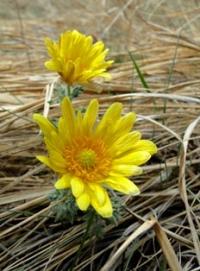

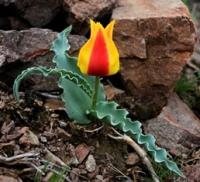
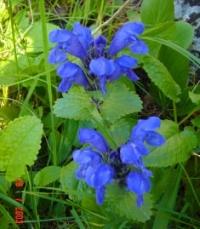

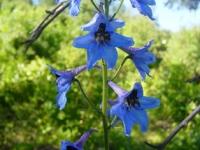
Mystery tour in Central Asia.
“Beauty is a manifestation of secret natural laws, which otherwise would have been hidden from us forever”
Johann Wolfgang von Goethe.
Familiarization tour in Central Asia.
The characteristics of the vegetation of Central Asia and Central Kazakhstan are closely related to the current ecological situation and the history of the formation of the territory. The most important environmental factors here are the aridity of the territory, the seasonal contrast of the hydro thermal regime in its southern part, where the highest temperatures correspond to periods without rain of such a contrast in the north.
The degree of influence of low winter temperatures on plant life depends on humidity; the lack of moisture in the soil enhances the resistance of plants at low temperatures. Distribution of many relatively heat-loving subtropical plants or plants belonging to the closest derivatives of subtropical flora in its southern part is connected with the dry climate of Central Asia.
Arid conditions contributed to the preservation of the descendants of Paleogene and Neogene heat-loving flora. The aridity of the climate also explains the fact that in the southern mountains of Central Asia, the same vegetation formations are sometimes distributed from the lower mountain belts to the highland ones.
The different hydrothermal regimes of the southern and northern parts of Central Asia determine the existence of two ecological and geo-botanical provinces: Turan and Kazakhstan, the border between which passes along the ridges of Karatau, Talas Alatau and Fergana, and in the deserts Kyzylkum and Karakum approximately along the line from Kzylorda to the southern shore of Kara-Bogaz-Gol.
Turan province is part of the vast Iranian-Arabian region, and its nature is characterized by regularities characteristic of subtropical countries. Her vegetation has close family ties with Iran and Asia Minor. The Kazakhstan province, by its nature as a whole, and vegetation closer to temperate countries; its flora has connections with Central Asian.
The differences between the provinces are manifested not only in the flat part of the territory, but also in the mountainous part, smoothing with height. In highland areas, the temperature regime becomes the limiting factor for the development and distribution of vegetation. In the east (watershed upland of the Inner and Central Tien-Shan, Eastern Pamir) the connection of nature in general, and in particular vegetation, with the nature of mountainous Central Asia is clearly manifested.
Thus, the distribution of vegetation in the plains of Central Asia and Central Kazakhstan reflects not only common latitudinal zoning patterns, but also the presence of the above-mentioned provinces, which are related to various neighboring countries both in their environmental conditions and in the origin of flora.
The north of Central Kazakhstan enters the steppe zone (mixed grass grasslands in the far north, dry fescue feather grass steppes to the south), which is replaced by semi-desert to the south. In the area of the lower reaches of the Turgay and in the south of the Kazakh Hills, at about 48 ° latitude (at Balkhash - 47 °), the semi-desert passes into the desert. In accordance with the given provincial division of vegetation and climatic zoning, the desert territory is divided into two zones: the northern and the southern (subtropical).
The vegetation cover of the desert varies dramatically depending on the sands, vegetation prevails, the wormwood and wormwood vegetation on the rocky soils in the northern zone and ephemeral in the southern zone.
Even small changes in relief in the deserts of Central Asia entail changes in vegetation cover. Thus, the accumulation of moisture in the depressions and the increasing salinity of the soils in them lead to the complex vegetation cover.
Especially characteristic is the complexity of the same origin for semi-desert vegetation in Central Kazakhstan. Proximity to the surface of groundwater in the lowlands of the desert relief causes the formation of riparian woodland and saline vegetation.
An important factor in the life of the vegetation of the desert plains is human activity. The lack of deserts in the thickets of saxaul and shrubs is often the result of their extermination for economic needs. As a result of excessive grazing, the vegetation of the sandy deserts is depleted, and sometimes large areas of the desert are transformed into bare sand dunes.
The most profound changes occur during irrigation, when desert vegetation is replaced by vegetation oases. In the mountains of Central Asia, vegetation cover is distributed in accordance with altitudinal zonality. In the Dzhungar Alatau and the main part of the Tien-Shan, i.e., in the mountains of the northern half of the country, located within the temperate climate zone, the vegetation in the general scheme is so differentiated in height.
Wormwood and saltwort (Salsola spp) deserts of the neighboring plains in the foothills are replaced by semi-deserts and wormwood grass steppes the lower zone of the steppe high-altitude zone, mountainous sods of cereal (fescue-like feather grass) rise above the slopes, then middle-mountain meadow steppes and meadows, even higher - deciduous and then mountain dark coniferous (fir, spruce nels) forests, forests are located above the subalpine and alpine meadows and wasteland.
In the southern mountains of Central Asia (south of the Western Tien-Shan, the western slope of the Fergana Range, Pamir-Alay), there is a different structure of altitudinal zonality: wormwood ephemeral deserts of the semi-desert are developed in the foothills, followed by uphill slopes and subtropical steppes, then mountain walnut and other deciduous forests and shrubs, even higher - juniper and mountain grass (fescue) steppe and, finally, subalpine and alpine meadows.
Both altitudinal zoning schemes are best expressed on the slopes of marginal mountain ranges that open to the west, southwest, or north (in the Northern Tien-Shan). Behind mountain barriers, the character of altitudinal zonality changes: for example, in the high-mountain zone, subalpine and alpine vegetation is replaced by grass steppes and even alpine ones.
In the Inner and Central Tien-Shan and Eastern Pamirs, the nature of vegetation, in addition to changes in environmental conditions, is also affected by floristic links with Central Asia. The vegetation cover of the mountainous regions of Central Asia also affected human activity.
The irrational use of natural vegetation has led to a reduction in forest area, especially spruce and fir forests in Tien-Shan, juniper and walnut in the southern mountains of Central Asia. The vegetation of the lowland steppes and semi-deserts of Central Kazakhstan, the deserts of Central Asia, mountain meadows and steppes is the base of distant pasture livestock.
Great economic value has wood of mountain forests, as well as desert saxaul; However, in their operation, it is necessary to take into account the role of mountain forests and saxaul as protection against erosion processes, the occurrence of mudflows, deflation, etc.
The composition of natural vegetation contains many valuable plants - fruit and other food, medicinal, oilseeds, dyeing, tanning, etc. Grass and shrub vegetation, like forest vegetation, also has a protective value (against slope erosion in the mountains, deflation in the deserts).
Many desert plants are used in artificial plantings as reinforcing sand. The influence of vegetation on the hydrological regime and microclimate is great.
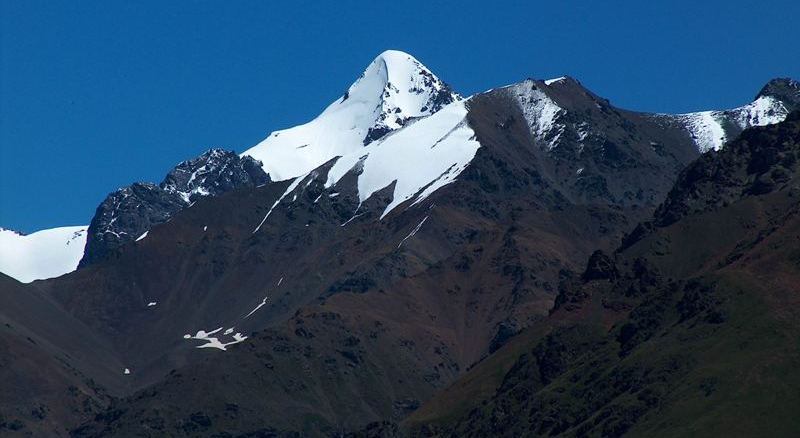
Authority:
N. A. Gvozdetsky, N. I. Mikhaylov. "Physical geography of the USSR. Asian part. The edition third corrected and added. Moscow "Thought" of 1978. ttp://tapemark.narod.ru/geograf/1_5_5.html
Photos by
Alexander Petrov.







